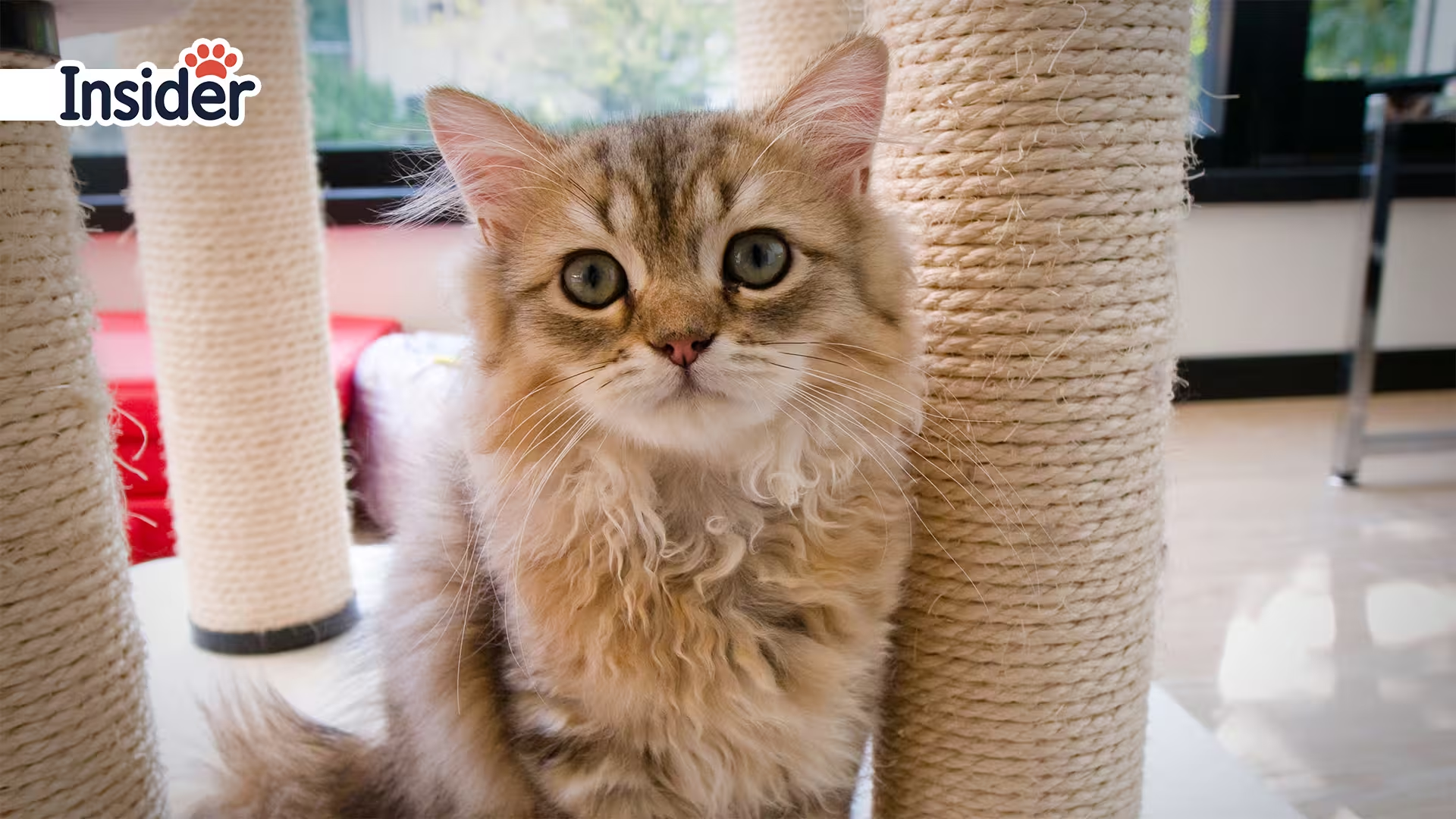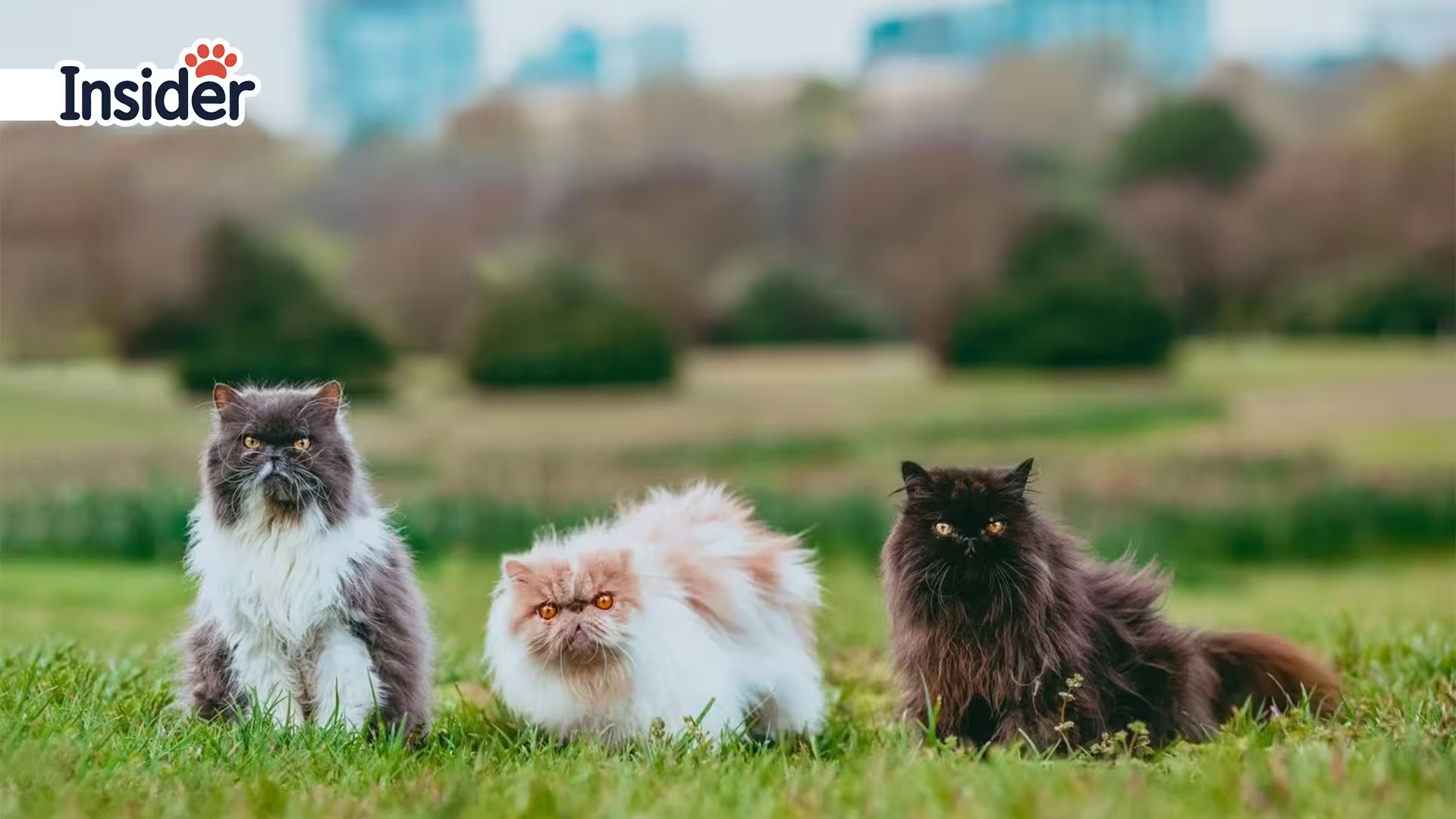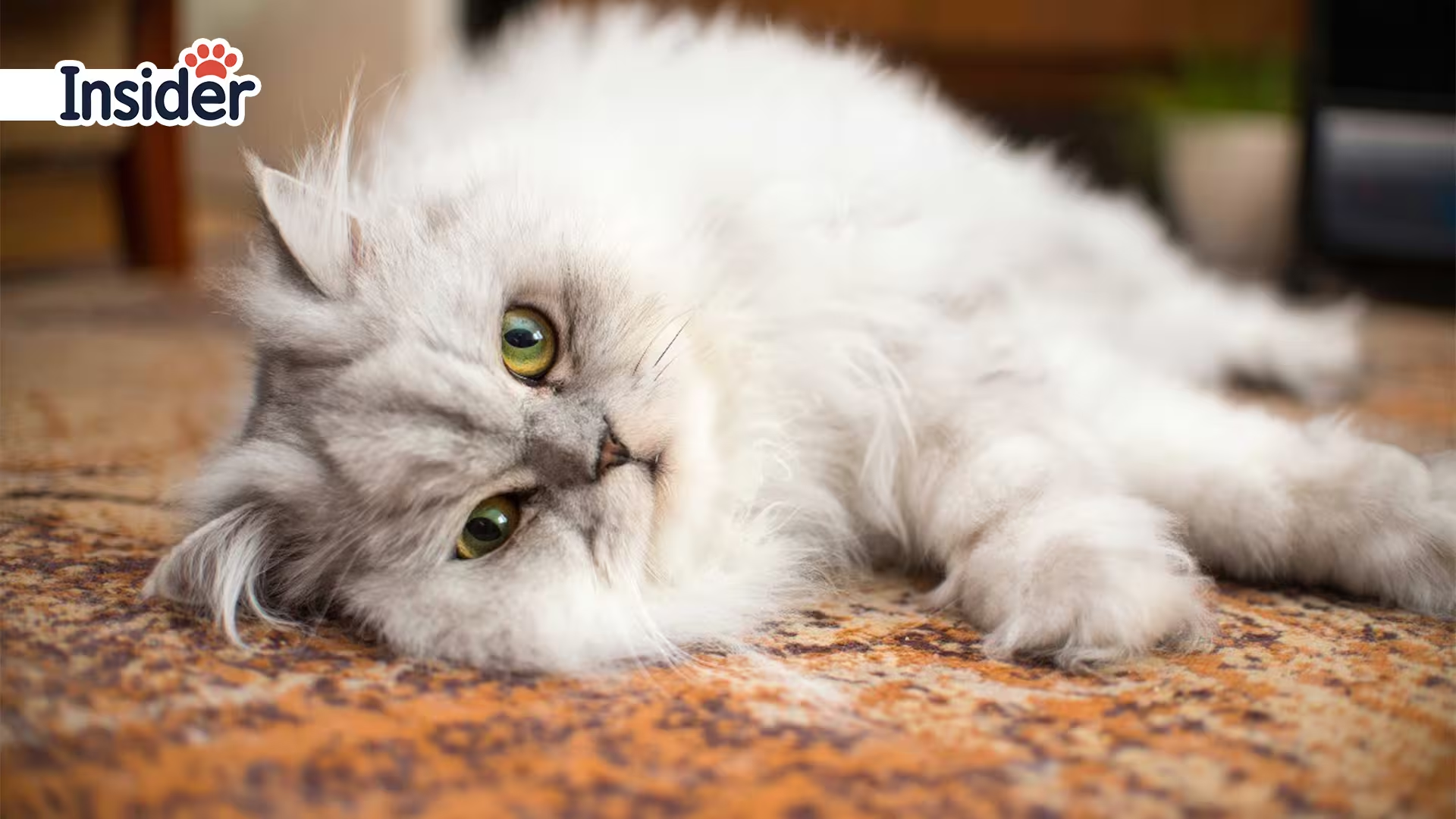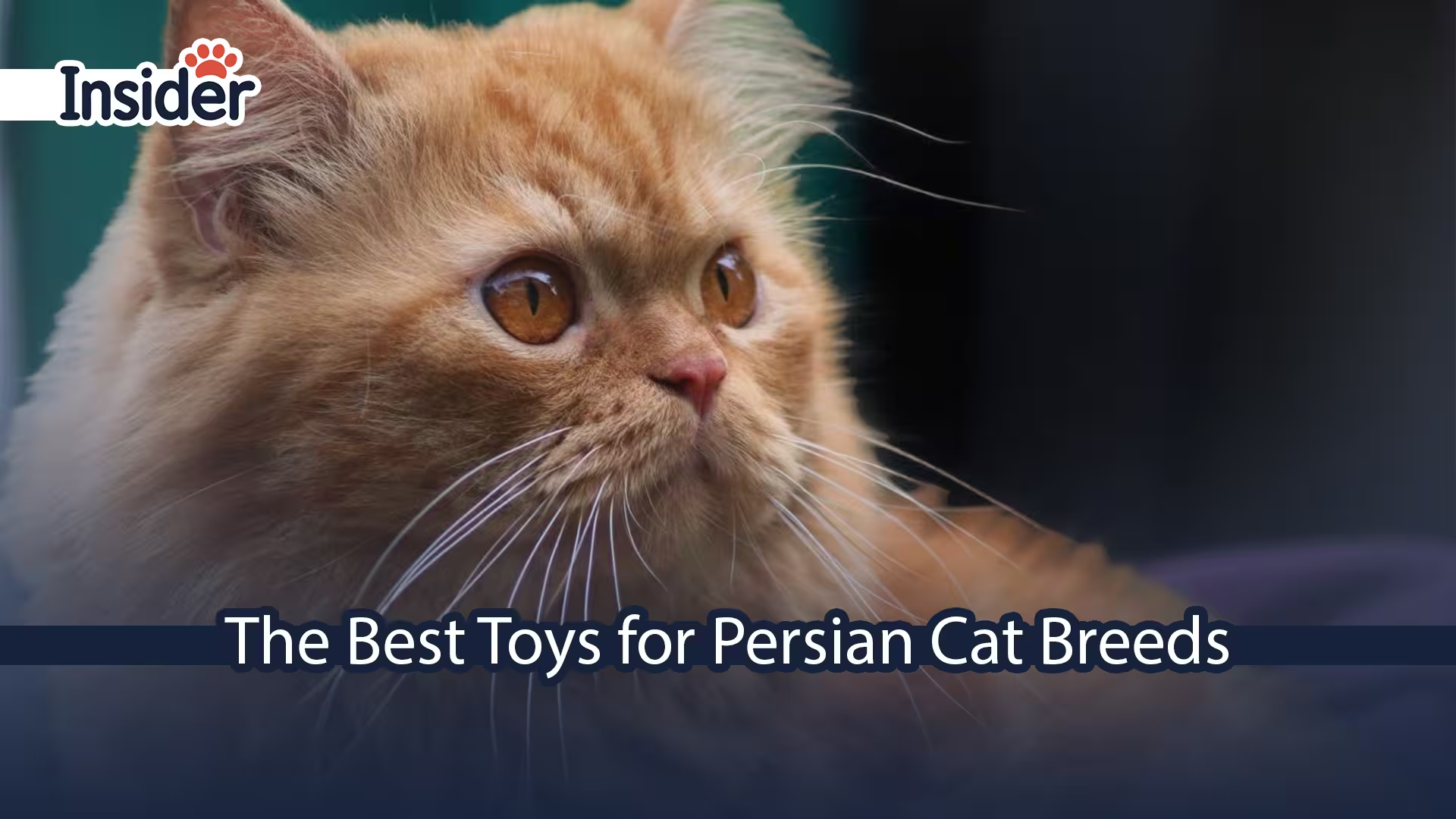Persian cats are among the most beloved and recognizable cat breeds in the world, known for their luxurious long coats, flat faces, and gentle personalities. However, their unique physical characteristics and temperament require special consideration when selecting toys. Finding the best toys for Persian cat breeds isn’t just about entertainment; it’s about promoting their physical health, mental stimulation, and overall well-being while accommodating their specific needs.
Unlike more active breeds, Persian cats tend to be calm, dignified, and prefer low-energy activities. Their brachycephalic (flat-faced) features can affect their breathing, making high-intensity play challenging. Additionally, their long, flowing coats require toys that won’t cause matting or tangling. Understanding these unique requirements is essential for any Persian cat owner looking to provide the perfect play experience for their feline companion.
Table of Contents
Understanding Persian Cat Characteristics and Play Preferences
Physical Characteristics That Influence Toy Selection
Persian cats possess several distinctive physical traits that directly impact their toy preferences and safety requirements. Their shortened nasal passages and flat faces can make breathing more labored during intense physical activity, which means they benefit from toys that encourage gentle, sustained play rather than high-energy bursts.
The Persian’s compact, cobby body structure makes them less agile than other breeds. They’re not natural jumpers or climbers, preferring ground-level activities. Their short legs relative to their body size also influence their play style, making toys that require extensive reaching or jumping less appealing and potentially frustrating.
Their most famous feature the long, silky coat requires special attention when selecting toys. Materials that can snag, pull, or tangle in their fur should be avoided. Static-inducing materials can also cause their coat to become unmanageable, leading to matting and discomfort.
Temperament and Behavioral Patterns
Persian cats are renowned for their calm, docile nature. They’re often described as “furniture with fur” due to their preference for lounging and observing rather than engaging in high-energy activities. This doesn’t mean they don’t enjoy play; they simply prefer gentler, more contemplative forms of entertainment.
These cats are highly intelligent and can become bored without proper mental stimulation. They enjoy puzzles, slow-moving toys, and activities that engage their hunting instincts without requiring excessive physical exertion. Persian cats also tend to be creatures of habit, often preferring familiar toys and play routines over constantly changing stimulation.
Their social nature means they often enjoy interactive play with their human companions more than solitary play. They’re also known to be somewhat particular about their environment, preferring clean, comfortable spaces for their activities.

Essential Safety Considerations for Persian Cat Toys
Breathing and Respiratory Health
The most critical safety consideration when selecting the ideal toys for Persians relates to their respiratory health. Their brachycephalic features make them prone to breathing difficulties, especially during exertion or excitement. Toys should encourage moderate activity levels and allow for frequent rest periods.
Avoid toys that create dust, small particles, or strong odors that could irritate their sensitive respiratory systems. Feather toys, while popular with many cats, should be used with caution as loose feathers can be inhaled. Similarly, toys with small, detachable parts pose both choking hazards and respiratory risks.
Interactive toys that promote short bursts of activity followed by rest periods are ideal. This mimics natural hunting behavior while preventing overexertion that could lead to breathing distress.
Coat Protection and Maintenance
Persian cats’ magnificent coats require protection during play. Toys with rough textures, sharp edges, or materials that can snag should be avoided. Velcro, rough fabrics, and toys with protruding elements can catch and pull their delicate fur, leading to painful mats or bald spots.
Smooth surfaces, soft fabrics, and rounded edges are preferable. Toys should be easy to clean and maintain, as Persian cats appreciate cleanliness and may reject dirty or smelly toys. Regular cleaning also prevents the buildup of bacteria or allergens that could affect their sensitive skin.
Consider the environment where play occurs as well. Carpeted areas can create static that makes their coat unmanageable, while smooth surfaces might be more comfortable for extended play sessions.
Size and Choking Hazards
Due to their facial structure, Persian cats can have difficulty manipulating very small objects. Toys should be appropriately sized, large enough to prevent accidental swallowing but not so large as to be unwieldy for their shorter legs and compact build.
Inspect toys regularly for wear and tear. Persian cats tend to be gentle with their belongings, but even minimal damage can create hazards. Small pieces that break off can pose choking risks, while sharp edges from damaged toys can injure their delicate facial features.
Interactive Toys: Building Bonds Through Play
Wand Toys and Teaser Toys
Wand toys represent some of the top playthings for Persian cats because they allow controlled, gentle interaction while accommodating their physical limitations. These toys consist of a long handle with an attached string or wire ending in an enticing target feathers, fabric, or small toys.
The extended reach of wand toys means Persian cats don’t need to jump or stretch excessively to engage with the toy. You can control the speed and intensity of movement, keeping it slow and steady to match their preferred pace. This type of play also provides excellent bonding opportunities, as Persian cats particularly enjoy interactive sessions with their human companions.
When selecting wand toys, choose those with smooth, tangle-free strings and soft attachments. Avoid options with small bells or parts that could detach and become choking hazards. Retractable wand toys are particularly useful as they can be safely stored away when not in use, preventing unsupervised play that could lead to entanglement.
Laser Pointers and Light Toys
Laser pointers can be excellent tools for engaging Persian cats in gentle exercise, but they require careful use. The key is to move the laser slowly and predictably, allowing your Persian cat to “catch” the dot occasionally by directing it onto a physical toy or treat.
The low-impact nature of laser play makes it ideal for Persian cats who may struggle with more physically demanding activities. However, never shine the laser directly into their eyes, as their prominent eyes are particularly vulnerable to damage. Always end laser play sessions with a tangible reward, a treat, or a physical toy they can catch to prevent frustration.
LED light toys that project moving patterns on walls or floors can provide similar benefits with less intensity than traditional laser pointers. These often create larger, softer light patterns that are easier for Persian cats to track and less likely to cause eye strain.
Puzzle Feeders and Treat-Dispensing Toys
Mental stimulation is crucial for Persian cats, and puzzle feeders combine play with mealtime to create engaging experiences. These toys require cats to manipulate objects to access food or treats, providing mental exercise without physical overexertion.
Choose puzzle feeders with large openings and simple mechanisms that won’t frustrate your Persian cat. Their shorter faces can make it difficult to reach into deep or narrow openings, so shallow, wide designs work best. Sliding puzzles, treat balls with large holes, and simple maze feeders are excellent options.
The slow eating promoted by puzzle feeders also benefits Persian cats’ digestion and helps prevent overeating, which can be problematic for this less active breed. Start with simple puzzles and gradually increase complexity as your cat masters each level.

Solo Play Toys: Encouraging Independent Entertainment
Catnip and Silver Vine Toys
Catnip toys can provide excellent solo entertainment for Persian cats, though not all cats respond to catnip. For those that do, the response tends to be gentler in Persian cats than in more active breeds, making it perfect for their temperament.
Silver vine is an alternative that often works for cats who don’t respond to catnip. Both herbs provide natural, safe stimulation that can encourage gentle play and relaxation. Look for toys with organic, high-quality herbs enclosed in durable fabric that won’t shed or tear easily.
Refillable catnip toys are particularly valuable as they allow you to refresh the scent regularly. Persian cats can be particular about odors, and fresh herbs are more likely to maintain their interest over time.
Motion-Activated Toys
Motion-activated toys can provide entertainment when you’re not available for interactive play. These toys respond to your cat’s movement with sounds, lights, or motion, creating an engaging solo play experience.
For Persian cats, choose motion-activated toys with gentle responses. Sudden loud noises or rapid movements can startle rather than engage them. Toys that produce soft sounds, gentle vibrations, or slow movements are more appropriate for their calm nature.
Battery-operated mice that move slowly and unpredictably can capture their hunting instincts without overwhelming them. Ensure these toys have smooth surfaces and no small parts that could be chewed off or swallowed.
Comfort Toys and Companions
Persian cats often enjoy comfort toys, soft plush items they can snuggle with during rest periods. These aren’t traditional “play” toys but serve important emotional and comfort needs for this affectionate breed.
Choose comfort toys made from materials that won’t mat or tangle with their coat. Smooth fabrics like silk or high-quality synthetic materials work well. The toy should be appropriately sized, large enough to snuggle with but not so large as to be cumbersome.
Some Persian cats develop strong attachments to particular comfort toys, carrying them around or sleeping with them. This behavior is normal and healthy, providing emotional security and comfort.
Electronic and High-Tech Toys
Automated Laser Toys
Automated laser toys can provide consistent, gentle stimulation for Persian cats when used properly. These devices move laser dots in preset patterns, providing entertainment without requiring human intervention.
Look for automated laser toys with adjustable speed settings, allowing you to set the movement to match your Persian cat’s pace. Random pattern generators can maintain interest longer than predictable movements. Ensure the device has an automatic shut-off feature to prevent overstimulation.
Safety remains paramount with automated laser devices. They should be positioned to prevent direct eye contact and used only under supervision initially to ensure your cat responds appropriately.
Interactive Camera Toys
High-tech interactive cameras allow you to engage with your Persian cat remotely through smartphone apps. Many include laser pointers, treat dispensers, or two-way audio communication.
These devices can be particularly valuable for Persian cats who form strong bonds with their owners and may experience separation anxiety. The ability to interact remotely can provide comfort and mental stimulation throughout the day.
Choose devices with gentle laser settings and reliable treat dispensing mechanisms. The camera feature allows you to monitor your cat’s response and ensure they’re not becoming overstimulated or frustrated.

Sensory and Textural Toys
Texture Exploration Toys
Persian cats can benefit from toys that provide various safe textures for exploration. Their sensitive paws and facial features can detect subtle texture differences, making textural variety an important form of enrichment.
Crinkle toys with soft outer fabrics provide interesting sounds and textures without being overwhelming. Ensure the crinkling material is securely enclosed to prevent ingestion. Fabric toys with different textures smooth silk, soft fleece, or gentle corduroy can provide tactile stimulation.
Avoid toys with rough or abrasive textures that could damage their delicate coat or skin. Similarly, avoid toys with loose fibers or materials that shed, as these can create respiratory irritation or grooming issues.
Scent-Based Enrichment
Persian cats have excellent scent detection abilities, and scent-based toys can provide significant enrichment. Beyond traditional catnip, consider toys infused with other cat-safe scents like valerian root or honeysuckle.
Scent toys should be rotated regularly to maintain interest. Store unused scented toys in airtight containers to preserve their potency. Some Persian cats prefer subtle scents, so start with lightly scented options and observe their response.
DIY scent enrichment can be created by placing treats or catnip inside puzzle toys or hiding them around the house for gentle scavenger hunts that encourage natural foraging behaviors.
Exercise and Physical Activity Toys
Low-Impact Exercise Options
While Persian cats are less active than many breeds, they still require regular exercise to maintain a healthy weight and muscle tone. The best toys for Persian cat breeds in this category promote gentle, sustained movement rather than intense bursts of activity.
Slow-moving motorized toys can encourage walking and gentle pouncing without overexertion. Choose toys that move at adjustable speeds, allowing you to find the perfect pace for your cat. Toys that pause frequently allow for natural rest periods.
Track ball toys with gentle slopes can provide exercise through batting and pawing motions. These toys should be stable and not require jumping or climbing to access. The balls should be large enough to prevent accidental swallowing but not so heavy as to be difficult to move.
Climbing and Perching Alternatives
While Persian cats aren’t natural climbers, they do enjoy elevated perching spots for observation. Low climbing structures, ramps, and step-like arrangements can provide gentle physical challenges without requiring athletic jumping.
Cat trees designed specifically for less active breeds feature lower platforms, wider steps, and more gradual inclines. These allow Persian cats to reach elevated spots safely while providing gentle exercise. Ensure all surfaces are covered with materials that won’t snag their coats.
Ramps and steps can be particularly valuable for older Persian cats or those with mobility issues. These aids allow continued access to favorite perching spots without stress on their joints or respiratory system.
Age-Specific Toy Recommendations
Kitten-Appropriate Options
Persian kittens have slightly different toy needs than adult cats. They’re generally more energetic and curious but still require gentler play than other breeds. Kitten-safe toys should be appropriately sized for their smaller mouths and developing coordination.
Soft, lightweight toys that encourage gentle pouncing and carrying are ideal. Avoid toys with small parts that could pose choking hazards to curious kittens. Interactive toys that promote bonding with human family members are particularly valuable during the socialization period.
Textural variety is especially important for kittens as they explore their environment. Provide safe options for different textures, sounds, and movements to support healthy development.
Senior Cat Considerations
Older Persian cats may have additional limitations that affect toy selection. Arthritis, reduced vision, or respiratory issues are common in senior cats and require special consideration when choosing appropriate toys.
Toys for senior Persian cats should be easily accessible and not require extensive reaching, jumping, or rapid movement. Comfort toys become increasingly important for emotional support. Gentle puzzle feeders can help maintain mental acuity while accommodating physical limitations.
Heat-activated toys or warming pads designed for cats can provide comfort and encourage gentle movement in senior cats who may be experiencing joint stiffness.
Seasonal and Environmental Considerations
Indoor Environment Optimization
Most Persian cats are indoor pets, making environmental enrichment through toys particularly important. Rotating toys regularly prevents boredom while maintaining interest in available options.
Consider the seasonal changes in your home environment when selecting toys. During winter months, when windows are closed and fresh air is limited, scent-based toys and air-purifying plants (cat-safe varieties) can help maintain environmental interest.
Summer months may require toys that don’t generate heat or require extensive physical activity. Cooling mats designed for cats can provide comfort during warmer periods while still serving as textural enrichment.
Holiday and Special Occasion Safety
During holidays and special occasions, be particularly cautious about toy selection and environmental hazards. Many decorative items can pose risks to Persian cats, whose curious nature and unique physical characteristics create specific vulnerabilities.
Avoid tinsel, small ornaments, or decorations that could be ingested or tangled in their coat. Holiday-themed cat toys should meet the same safety standards as regular toys, with particular attention to size, texture, and potential hazards.
Maintenance and Care of Cat Toys
Cleaning and Hygiene
Regular cleaning of toys is essential for Persian cats, who can be particularly sensitive to odors and bacteria. Washable toys should be cleaned weekly or as needed to maintain freshness and prevent bacterial growth.
Use pet-safe cleaning products and ensure toys are thoroughly dried before returning them to your cat. Persian cats’ respiratory sensitivity makes it important to avoid chemical residues or strong cleaning product odors.
Inspect toys regularly for wear and damage. Persian cats’ gentle play style means toys often last longer, but regular inspection prevents potential hazards from developing unnoticed.
Storage and Organization
Proper toy storage helps maintain cleanliness and organization while making rotation easier. Store toys in clean, dry containers that allow air circulation to prevent mold or mildew development.
Group toys by type or function to make selection easier. Having designated spaces for interactive toys, solo play items, and comfort objects helps maintain order and ensures toys are available when needed.
Consider your Persian cat’s preferences when organizing toys. Some cats prefer to have constant access to their favorite items, while others enjoy the surprise of rotated selections.
Creating the Perfect Play Environment
Space Configuration
The ideal play environment for Persian cats emphasizes comfort, safety, and accessibility. Smooth, easy-to-clean surfaces prevent coat tangling while providing secure footing for play activities.
Ensure adequate space for gentle movement without requiring jumping or climbing. Low, wide areas work better than tall, narrow spaces. Consider your cat’s eye level when placing toys and interactive elements.
Provide multiple rest areas throughout the play space, allowing for frequent breaks during play sessions. Persian cats appreciate the ability to observe activities from comfortable vantage points.
Lighting and Ambiance
Proper lighting enhances the play experience while accommodating Persian cats’ prominent eyes. Avoid harsh, direct lighting that can cause glare or discomfort. Natural light filtered through windows provides ideal illumination for most activities.
For evening play sessions, use soft, warm lighting that doesn’t create harsh shadows or glare. This is particularly important when using light-based toys or interactive elements.
Consider the overall ambiance of the play area. Persian cats appreciate calm, peaceful environments that don’t overwhelm their senses with excessive stimulation or noise.

Conclusion: Choosing the Best Toys for Your Persian Cat
Selecting the playthings your Persian will love requires understanding their unique physical characteristics, temperament, and care requirements. These magnificent cats thrive with toys that provide gentle stimulation, mental enrichment, and opportunities for bonding without overwhelming their respiratory systems or damaging their luxurious coats.
The ideal toy collection for a Persian cat includes a variety of interactive options for bonding with family members, solo play items for independent entertainment, and comfort objects that provide emotional security. Safety considerations, particularly regarding breathing, coat protection, and appropriate sizing, should guide every selection.
Remember that individual Persian cats may have specific preferences that differ from breed generalizations. Observe your cat’s responses to different types of toys and adjust your selections accordingly. The investment in appropriate, high-quality toys pays dividends in your Persian cat’s physical health, mental well-being, and overall happiness.
By choosing toys thoughtfully and maintaining them properly, you can provide your Persian cat with years of safe, enjoyable play experiences that enrich their lives while strengthening the bond between you. The best toys for Persian cat breeds are those that respect their unique needs while celebrating their gentle, loving nature.
FAQ
What makes the best toys for Persian cat breeds different from other cats?
Persian cats need special toys due to their flat faces and breathing difficulties. Choose smooth, gentle toys that won’t tangle their long coats. Avoid rough textures and high-energy toys that cause respiratory stress.
Are laser toys safe for Persian cats?
Yes, but use slowly and never shine directly in their eyes. End sessions with a physical toy they can catch. Choose automated lasers with adjustable speeds and auto shut-off features.
Which toys should Persian cat owners avoid?
Avoid toys with rough textures, small parts, or strong odors. Skip feather toys with loose pieces, Velcro materials, and toys requiring jumping or intense activity that strain breathing.
How often should I rotate Persian cat toys?
Rotate toys weekly, keeping 3-4 available at once. Store others in airtight containers. Keep favorite comfort toys accessible always, as Persian cats form strong attachments.
What are the best toys for senior Persian cats?
Choose puzzle feeders, warming toys, and slow wand toys for older Persian cats. Focus on gentle, accessible options requiring minimal jumping. Keep play sessions short with frequent rest breaks.

